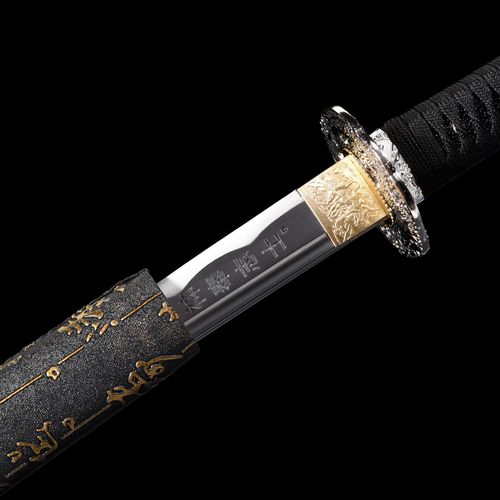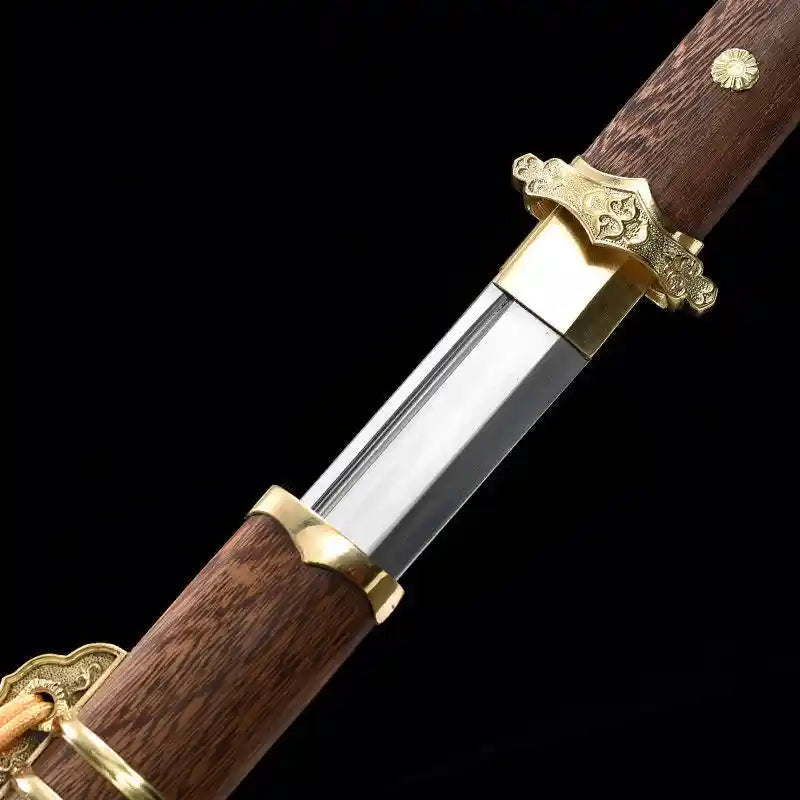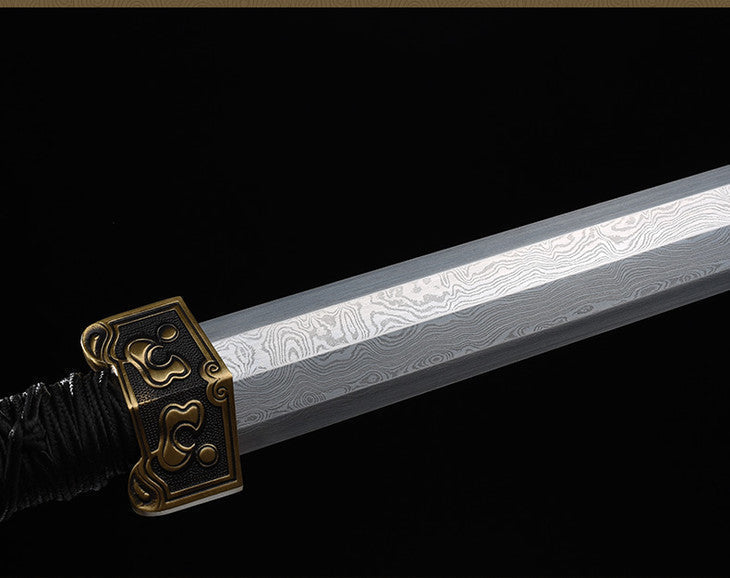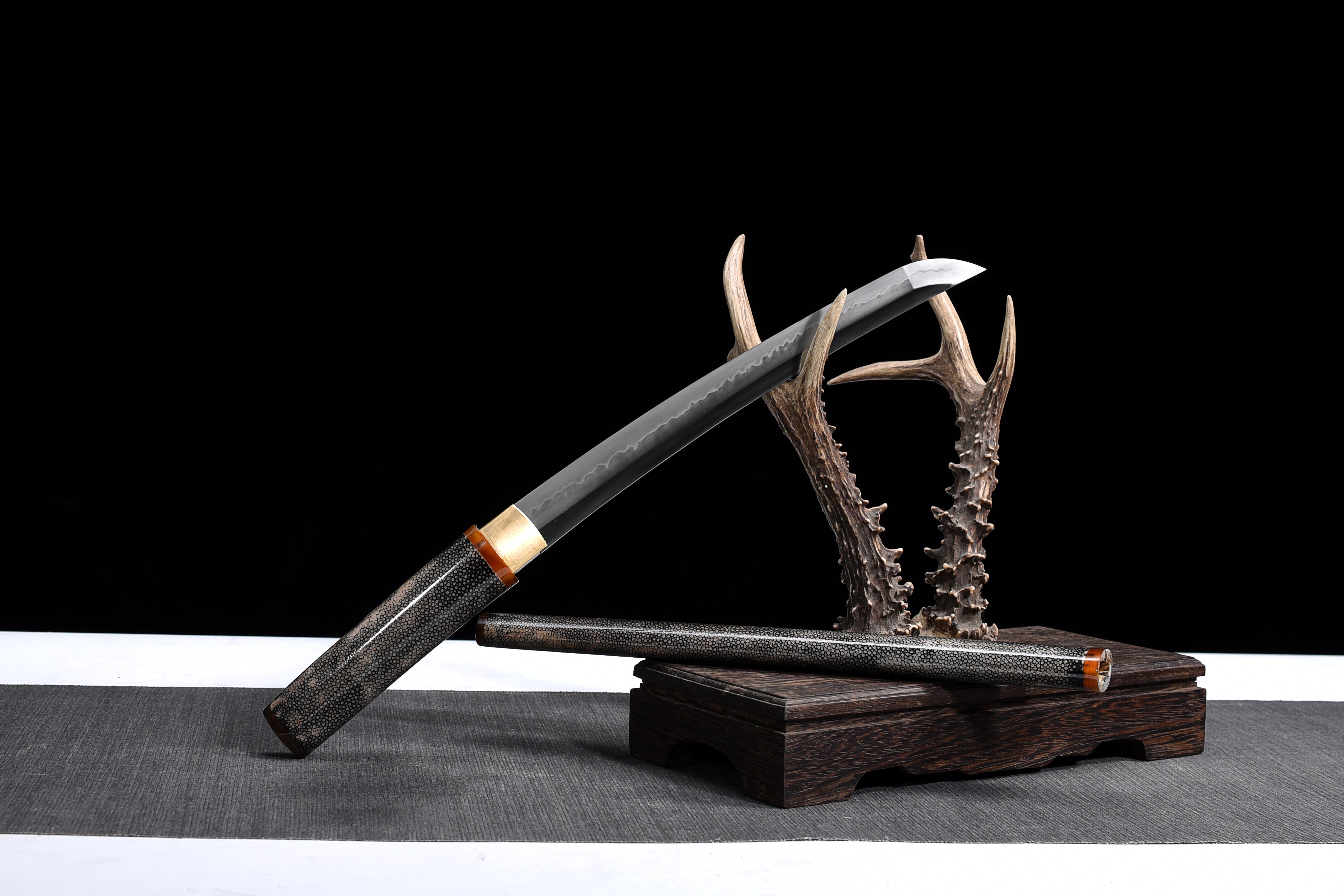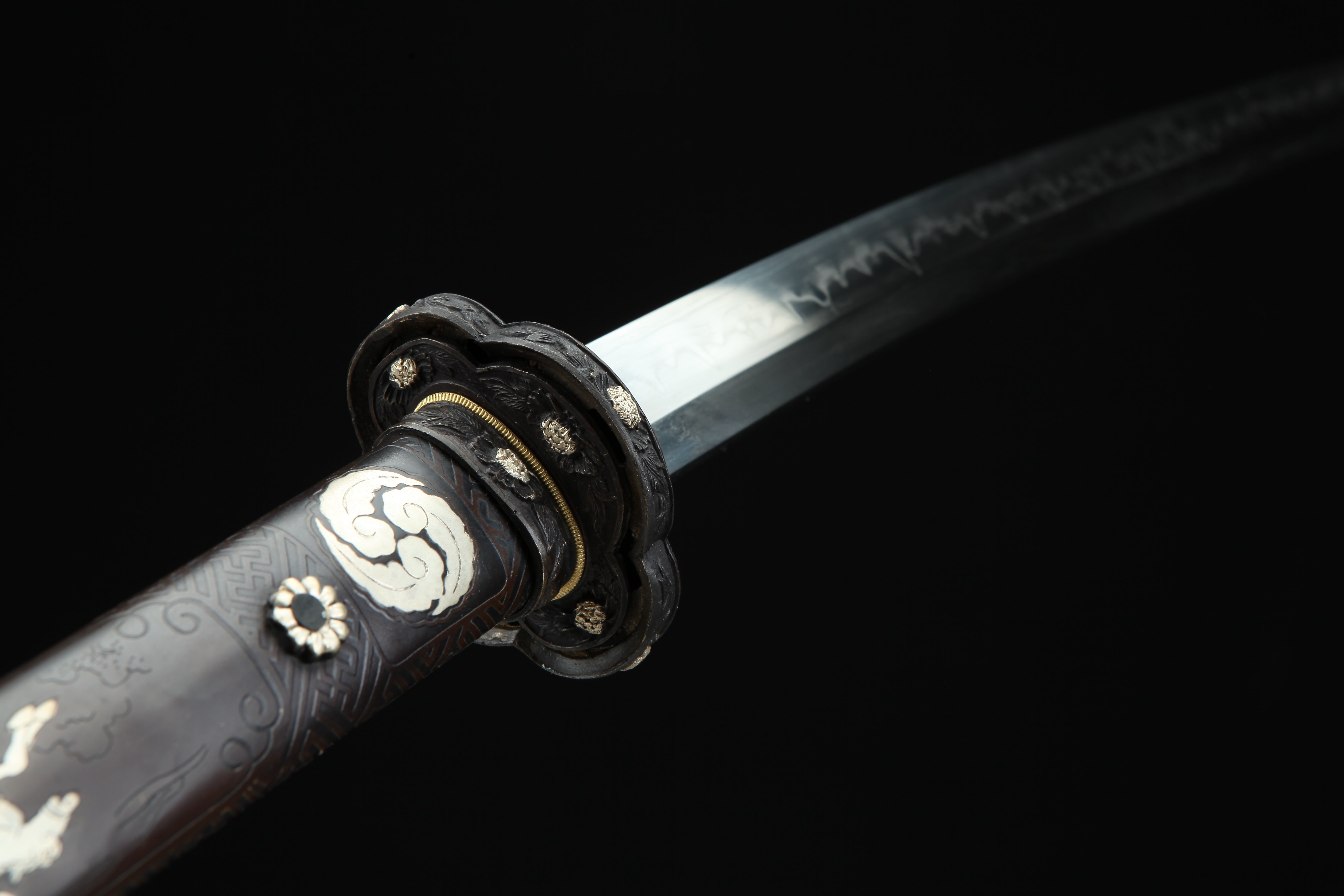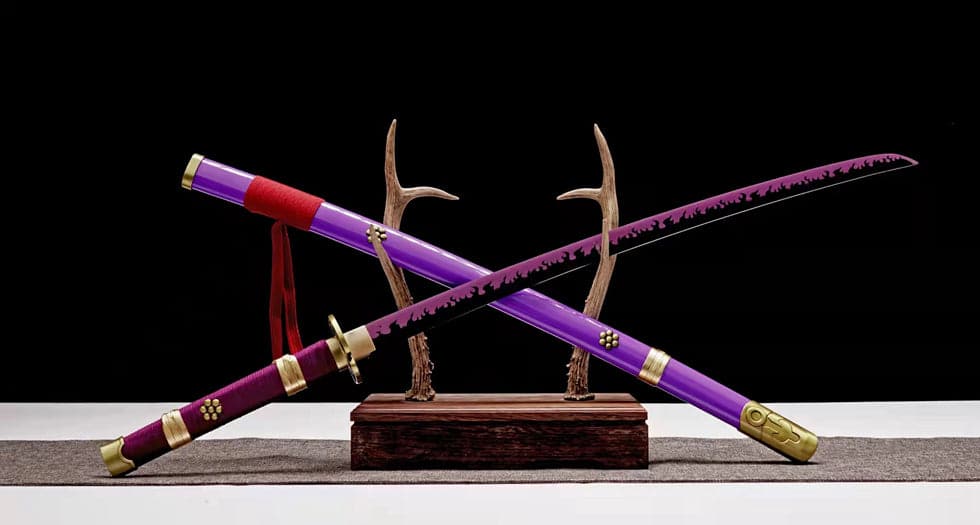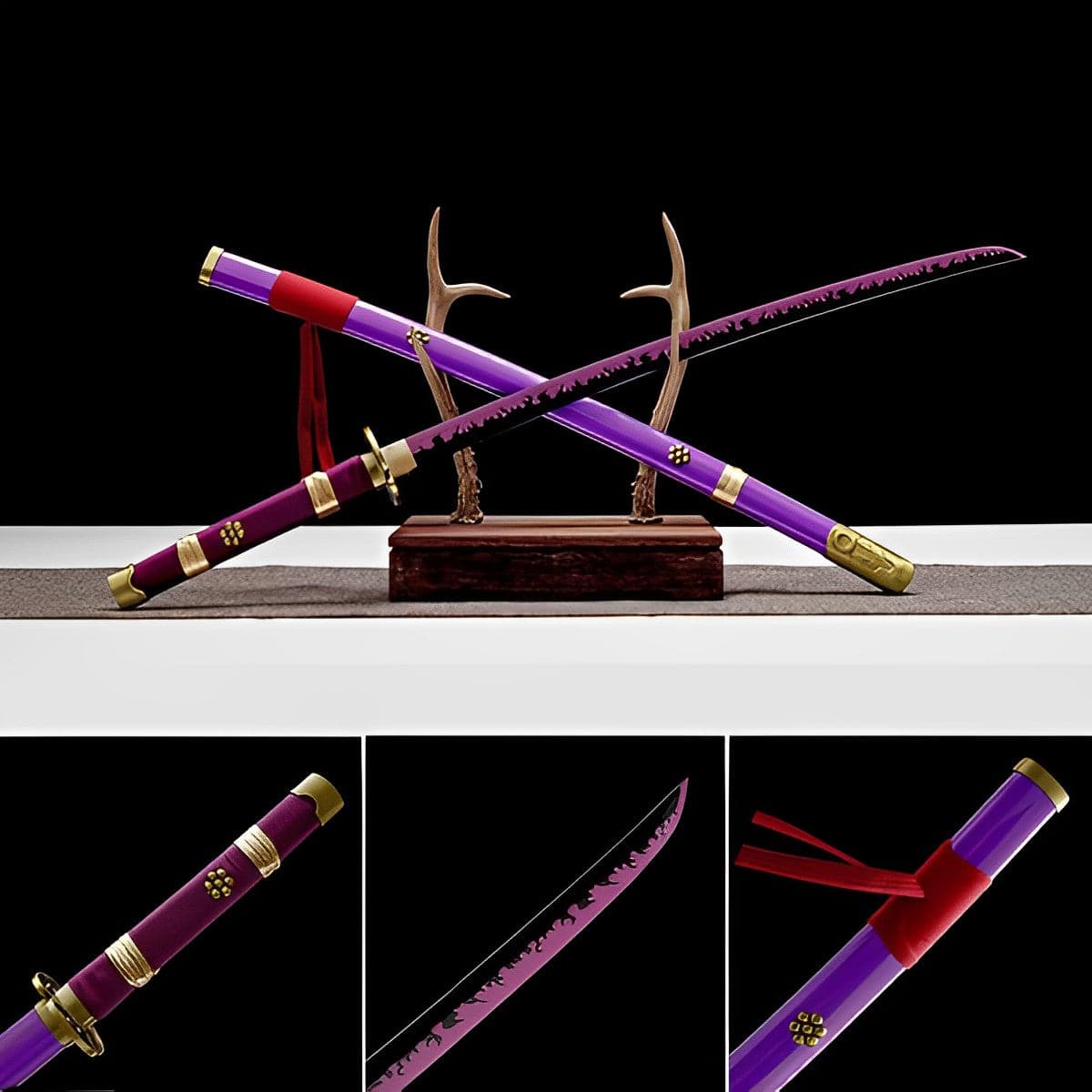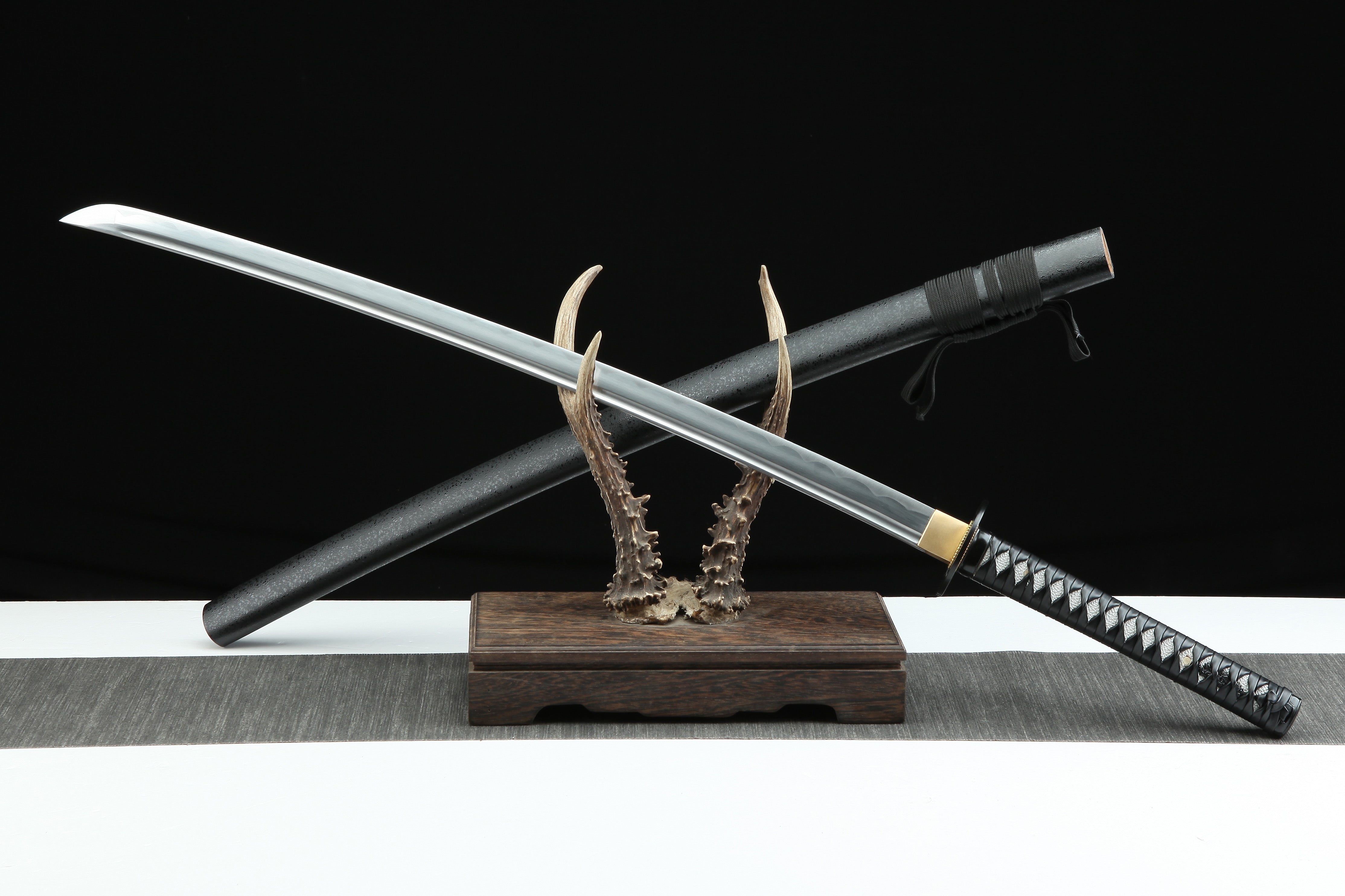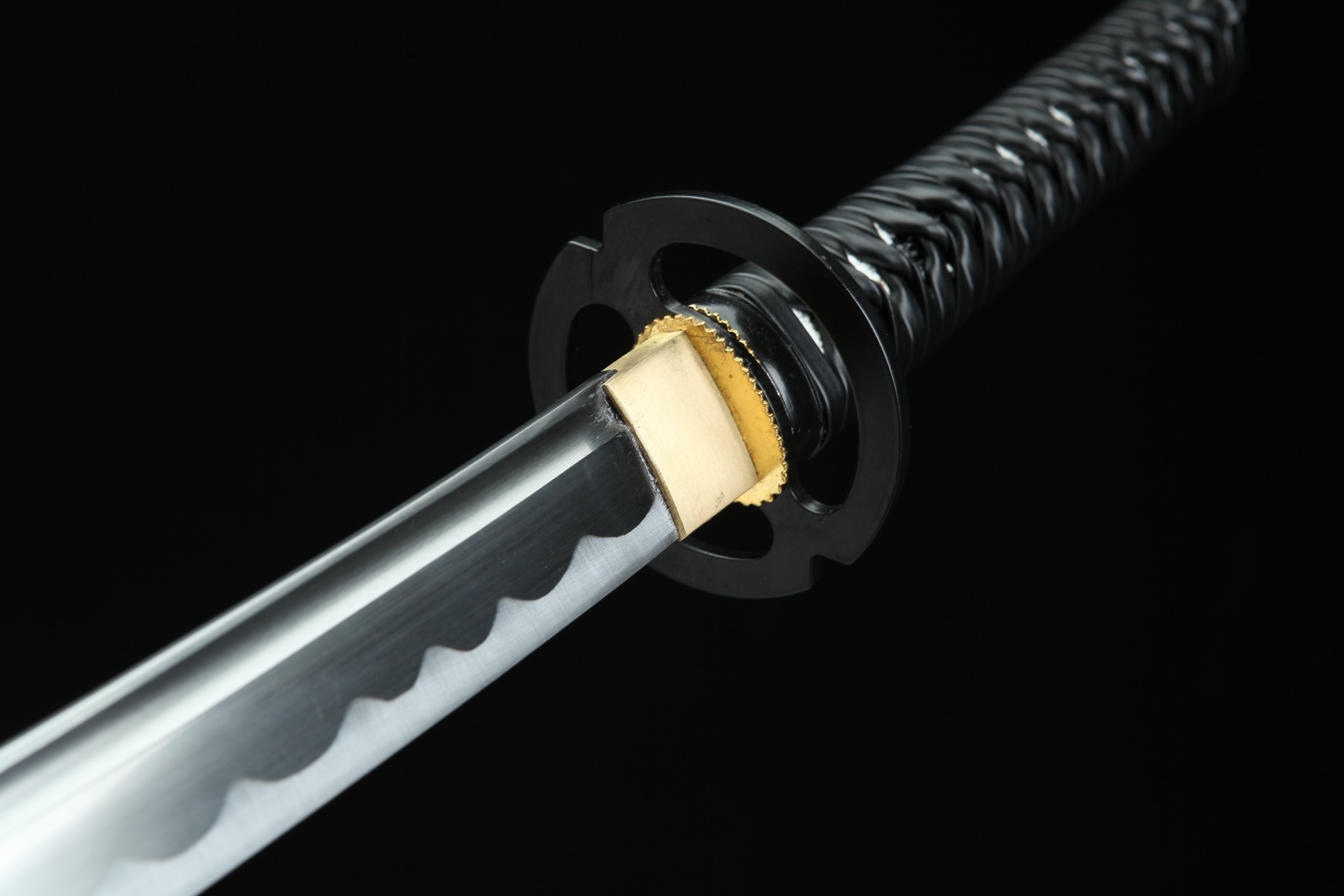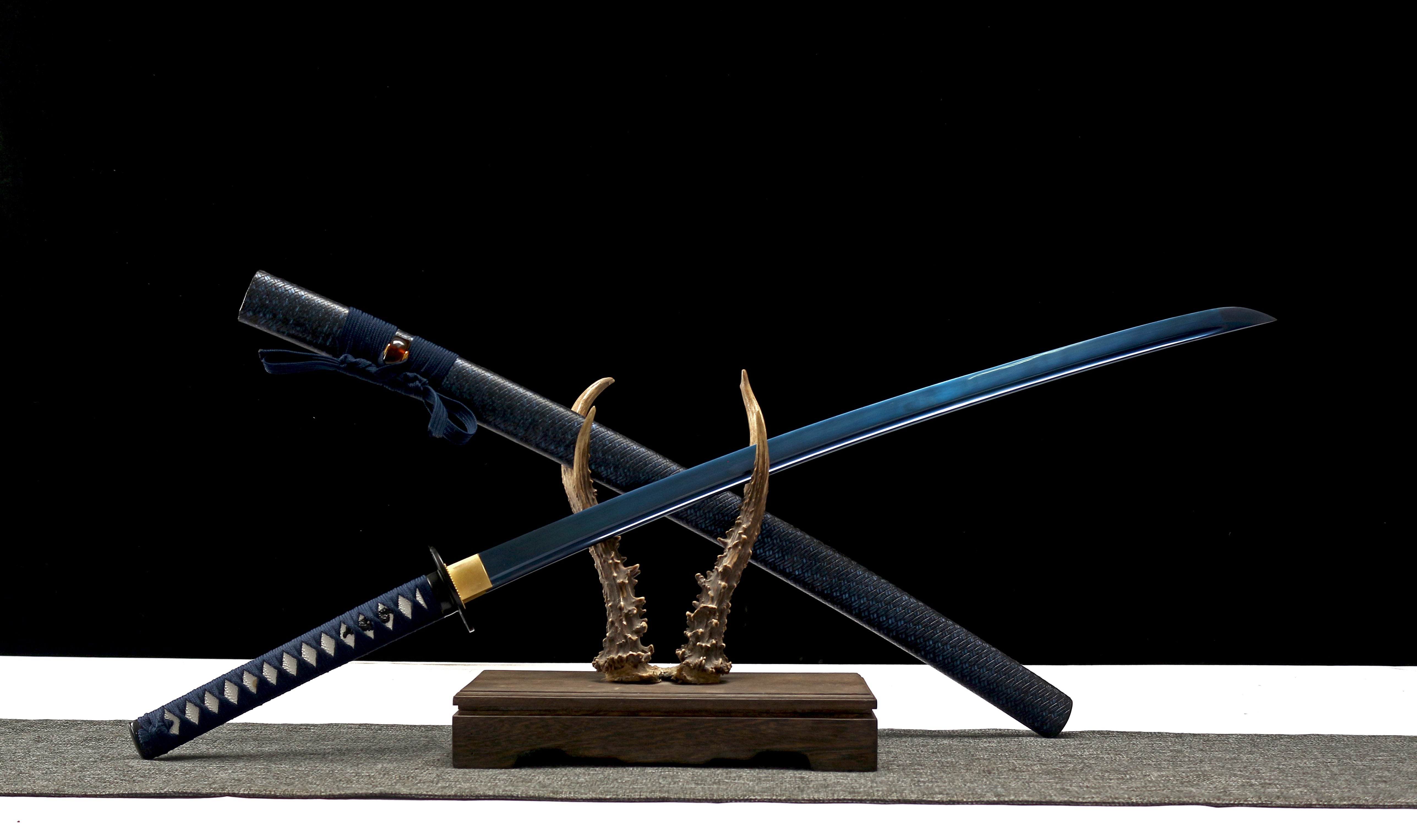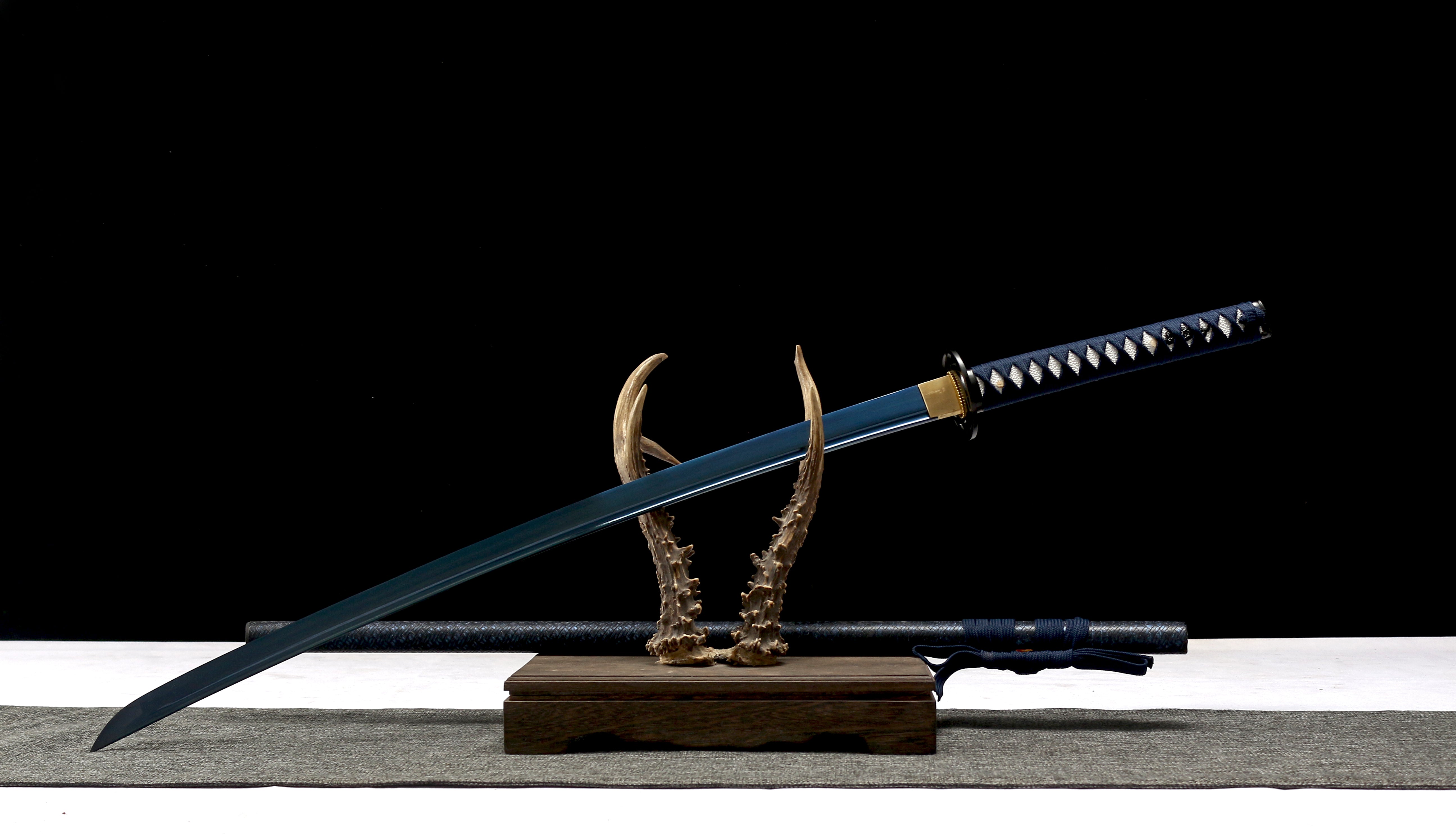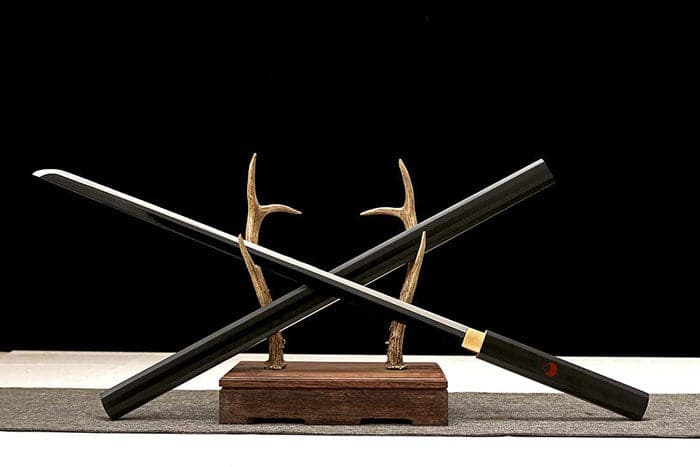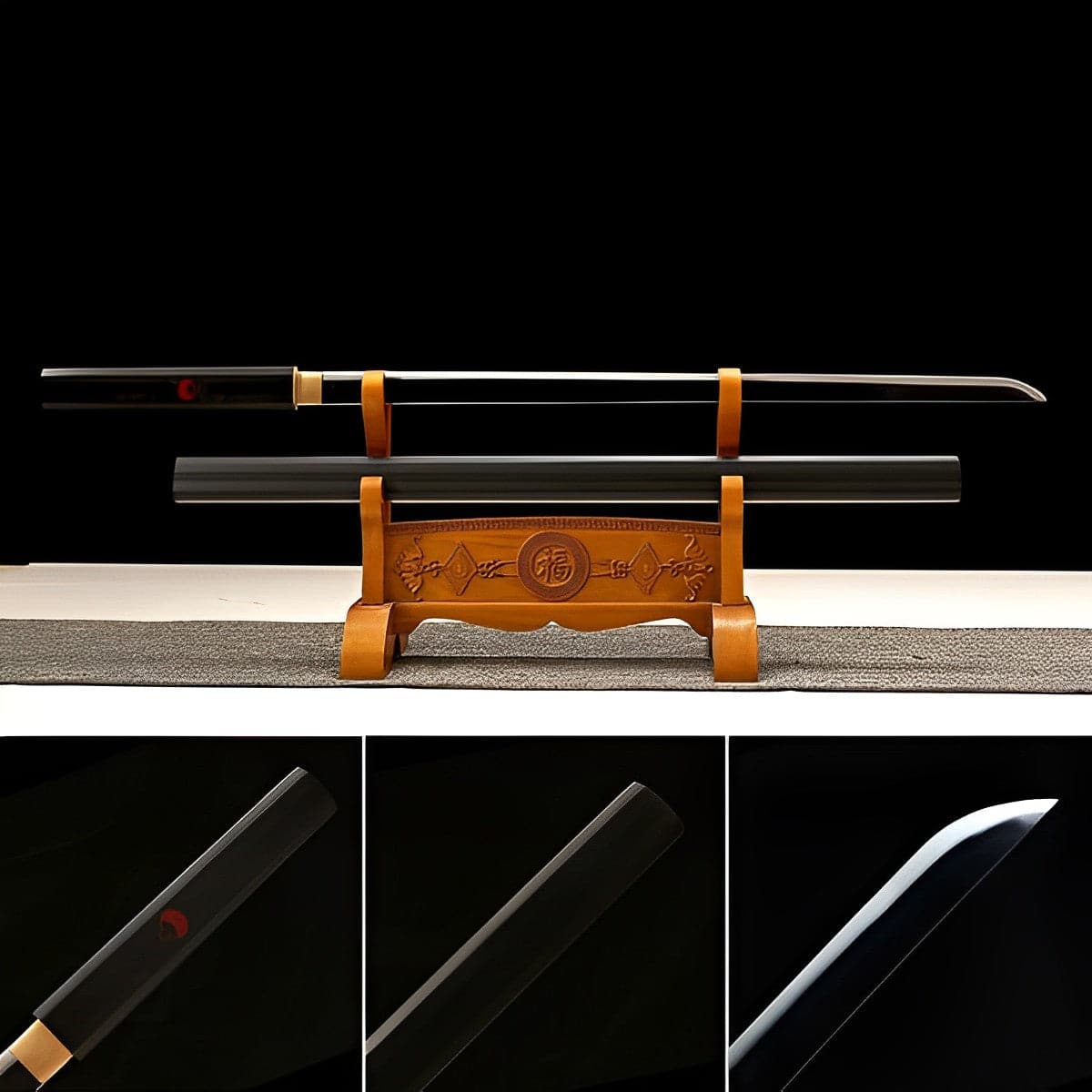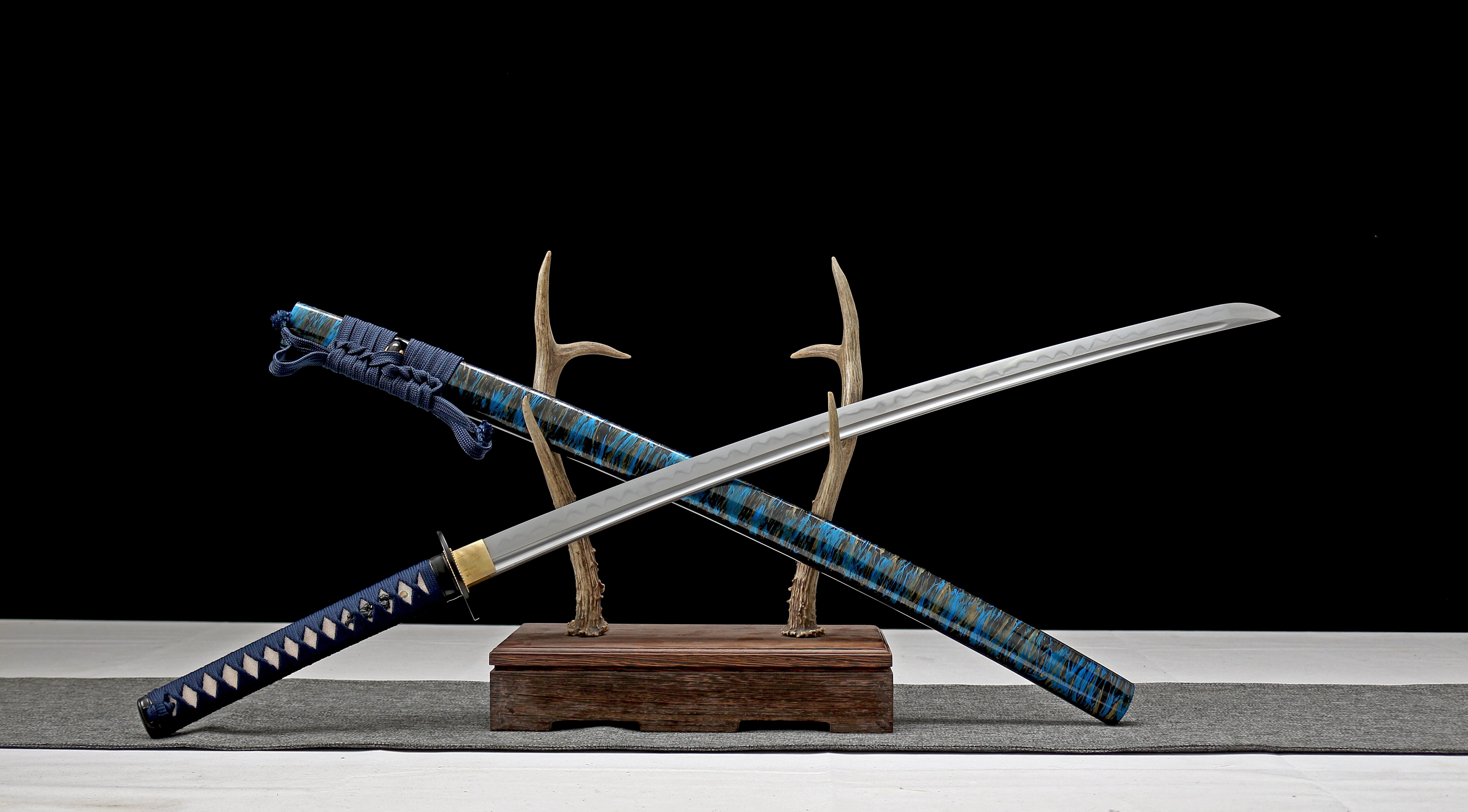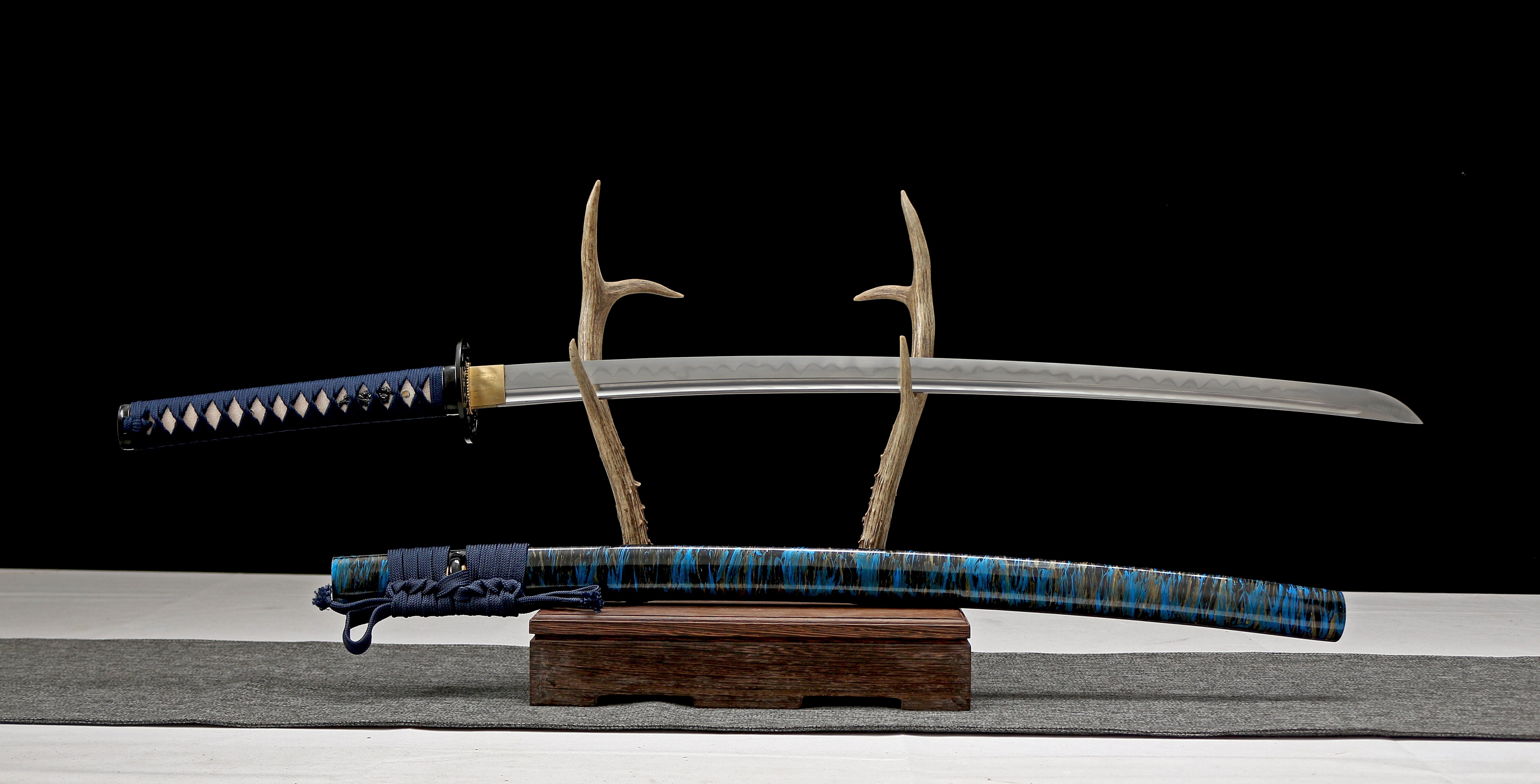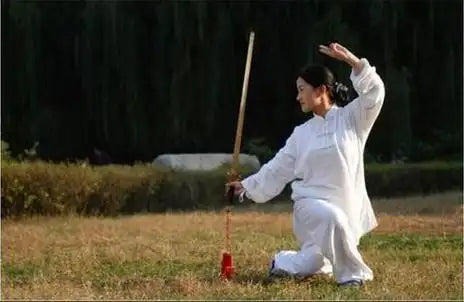
The Evolution of Chinese Swords and Knives in Modern Combat & Culture
Introduction
---
From imperial battlefields to contemporary tactical operations, Chinese swords and knives have undergone a remarkable metamorphosis. No longer confined to museums or historical reenactments, these iconic blades now thrive in modern combat systems, self-defense methodologies, and competitive sports arenas. This exploration reveals how ancient steel has been reforged for the 21st century - where thousand-year-old techniques intersect with cutting-edge tactical thinking, creating a dynamic fusion of tradition and innovation.
---
1. Tactical Renaissance of Edged Weapons
1.1 The Silent Warriors' Edge
In an age dominated by firearms, bladed weapons have carved out unexpected niches in modern combat scenarios:
Phantom Strike Capability: Spec ops teams increasingly favor tanto-style knives for missions requiring absolute silence, where the "shick" of a blade outperforms gunfire in noise-sensitive environments
Urban Trench Warfare: The resurgence of close-quarters battle (CQB) in megacity operations has made short swords like the “miaodao” unexpectedly relevant for clearing confined spaces
Hybrid Weapon Systems: Modern tactical knives now integrate glass breakers, seatbelt cutters, and even digital encryption markers - transforming them into multi-role survival tools
1.2 Bladecraft in Modern Warrior Training
Elite units worldwide are rediscovering Chinese blade mastery through:
The 72-Hour Stress Test: Special forces programs simulate extended combat scenarios where blades become primary weapons when ammunition is depleted
Micro-Movement Drills: Contemporary training emphasizes millimeter-perfect edge alignment techniques adapted from ancient “jianfa" (sword methods)
Cross-Training Fusion: Israeli Krav Maga experts now study Qing dynasty “dao” (saber) techniques to enhance their close-combat systems
2. The Art of Modern Self-Protection
2.1 Urban Survival Bladecraft
Modern self-defense has reimagined traditional weapons for today's threats:
The Subway Defender's Kit: Compact “shoudao” (hand knives) with non-reflective coatings are being adapted for civilian defensive carry
Psychological Deterrence: Studies show the distinctive silhouette of a drawn “jian” (straight sword) can de-escalate confrontations through primal threat recognition
Biomechanical Efficiency: Contemporary masters teach how Song dynasty footwork patterns perfectly complement modern urban environments
2.2 Empowerment Through Steel
Innovative training programs are bringing blade skills to new demographics:
Executive Protection Workshops: High-profile security details now train with disguised blade weapons like penknives inspired by Ming dynasty designs
Feminine Blade Dynamics: Women's defense courses focus on leveraging anatomical advantages through tailored "bishou” (dagger) techniques
Third-Age Warrior Programs: Senior citizens learn cane-sword hybrid techniques adapted from Qing dynasty manuals
3. The Competitive Edge
3.1 The New Gladiatorial Arena
Traditional Chinese martial arts have spawned electrifying modern competitions:
Extreme Wushu Championships: Where athletes perform aerial ”jian“ routines to electronic dance music, scoring points for technical precision and artistic interpretation
Historical European Martial Arts (HEMA) Crossovers: Surprising fusion events where Ming dynasty ”dao“ techniques face off against Renaissance longswords
ESports Meets Steel: VR swordfighting tournaments using motion-capture technology to analyze strikes with millisecond precision
3.2 The Knife Fighter's Renaissance
Blade competitions have evolved into sophisticated combat sports:
Tactical Reality Challenges: Competitors navigate obstacle courses while engaging multiple attackers with training knives
Precision Cutting Championships: Where ancient ”qiege“ (cutting) techniques are tested against ballistic gelatin dummies
The Iron Circle Tournament: A grueling 12-round knife fighting league with rules adapted from Ming dynasty dueling codes
---
: The Eternal Blade
As we stand at the crossroads of tradition and innovation, Chinese swords and knives continue to prove their eternal relevance. They have transformed from imperial symbols to living tools - equally at home in a Navy SEAL's tactical vest, a competition fencer's hand, or an urban commuter's discreet carry. This ongoing evolution represents not just the survival of ancient martial wisdom, but its active regeneration. The modern warrior, whether soldier, competitor, or concerned citizen, now inherits a refined legacy - where every parry and thrust connects centuries of wisdom with tomorrow's challenges. As the saying goes: "The sword grows dull in the scabbard" - and these living traditions continue to hone their edge against the whetstone of modern necessity.
